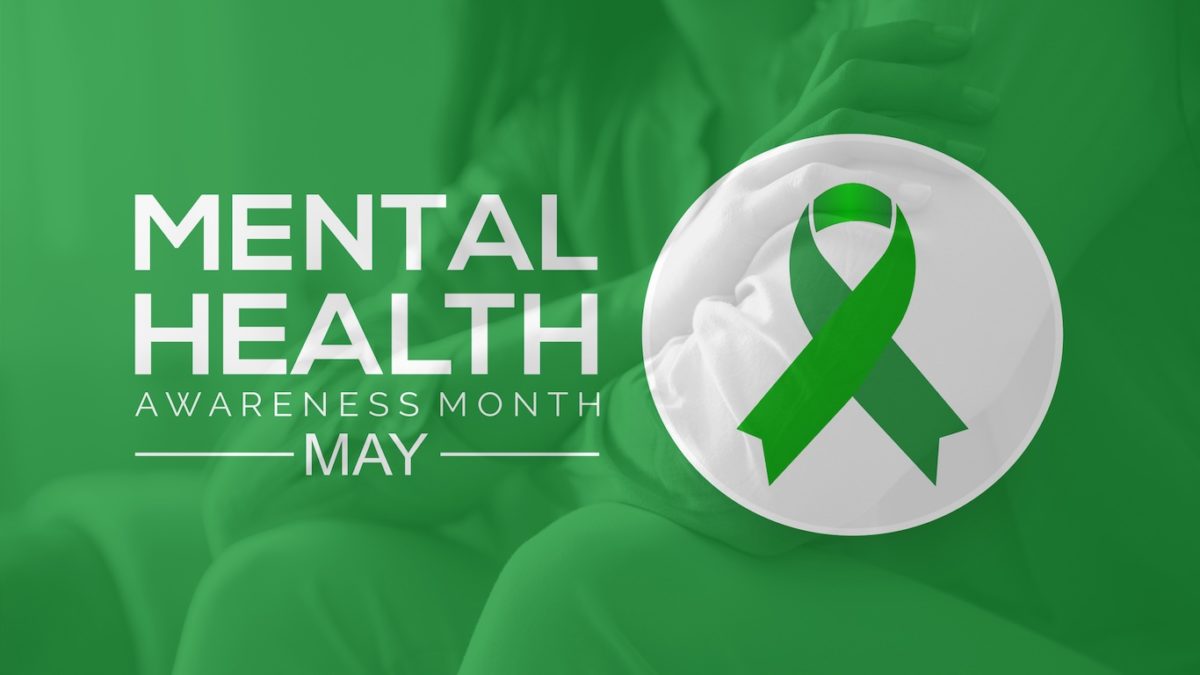What happens when we pay attention to stress

By Beth LaGrange, PhD, director of behavioral health and engagement
Every year, May invites us to reflect on how we understand and approach mental health: how we experience it, how we talk about it, and how we support it in our homes, workplaces, and communities. Mental Health Awareness Month gives us a dedicated space to bring these conversations forward. But the reality of stress, burnout, and emotional strain extends well beyond a singular month on the calendar.
Across industries, the demands on individuals in the workforce continue to grow. People are asked to do more, often with fewer resources. And while there’s been progress in how we talk about mental health, many of our personal responses to stress—avoidance, distraction, self-blame—are still deeply ingrained. This year, in recognition of Mental Health Awareness Month and following April’s focus on stress and substance use, my colleague Jacqui Barnett and I had the opportunity to speak with leaders from national energy providers, regional health systems, and HR and benefits teams from large employers through five different webinars. In partnership with Spring Health, Sharecare’s preferred mental health partner, we also co-hosted a session centered on supporting employees navigating substance use.
Across these conversations, we explored how stress manifests, how mindfulness can offer support, and how Sharecare’s clinically validated tools—including Unwinding by Sharecare, Unwinding Anxiety, Eat Right Now, and Craving to Quit—can help shift people from reactive habits to more grounded, intentional ways of responding.
Here are six takeaways from these sessions:
1. Stress is a shared experience. Each session began with a simple question: “How stressed have you felt in the past week?” Close to 80% of participants selected the top three stress levels, from “somewhat” to “very.” The responses reflected what many of us already suspect: stress is not isolated. It shows up across industries, roles, and routines. Starting the conversation this way grounded the group and reminded us that naming what we’re carrying can create room for something different.
2. People already have tools. They just may not call them that. When asked how everyone manages stress, many shared their go-to strategies: walking, reading, praying, working in the garden, talking to family, lifting weights, sitting in silence, and more. These responses came without hesitation. These practices aren’t always framed as “mental health tools,” but they are. Part of our work is to help people see their existing habits as strengths and give them access to resources that reinforce, not replace, what they’re already doing.
3. Mindfulness is not about sitting cross-legged for hours or eliminating thoughts. It’s about noticing. We asked attendees what comes to mind when they hear the word “mindfulness.” Their answers included:
- “Being present and in the moment”
- “Self-awareness”
- “Recognizing things around you”
- “Knowing when you are stressed”
- “Being in tune with your body”
These definitions were right in line with how we framed the practice during the session. As I shared, mindfulness isn’t about sitting cross-legged for hours or eliminating thoughts. It’s the ability to bring your attention to the present moment and notice what’s happening without needing to change it. It’s something we all have access to, and something we can strengthen through practice.
4. Stress cannot be pushed away, but it can be met differently. Many of the behaviors we fall into when stressed—overeating, scrolling, shopping, drinking—can mute discomfort in the short term, but the stress itself remains. During one session, I shared an example: when you stub your toe, the pain is immediate. Your attention snaps to that part of the body. Mindfulness can work in a similar way. It doesn’t eliminate the stress, but it allows us to observe it directly and respond with more choice. As my colleague Jacqui shared, “We don’t have to make behaviors go away. We can change how we relate to them.”
5. Substance use still feels harder to talk about. In a co-led session with Spring Health, Sharecare’s preferred partner for mental health, we focused on a topic that remains under-addressed in most workplaces: substance use. While mental health conversations have become more common, substance use is often excluded from the dialogue. Yet the two are deeply connected. We spoke about how organizations can begin to shift that narrative through ongoing dialogue, psychological safety, providing flexible pathways to care, and recognizing that support must reflect the full spectrum of lived experience, from early concern to long-term recovery.
6. Structure helps people begin. Not everyone is comfortable with unstructured mindfulness. For many, especially those new to the practice, guided tools create a safer entry point. That’s where programs like Unwinding by Sharecare come in. Built around behavior change science, our program offers structured support through short practices, breathing exercises, and educational content tailored to stress, sleep, procrastination, and anxiety. We closed each session with a five-finger breathing exercise. For many participants, it was their first time practicing mindfulness.
As Mental Health Awareness Month comes to a close, I’m reminded of something I’ve seen throughout my career: meaningful change often begins with shifting our attention, noticing our feelings, and making small choices to care more deliberately for ourselves and others.
Let’s continue.